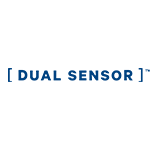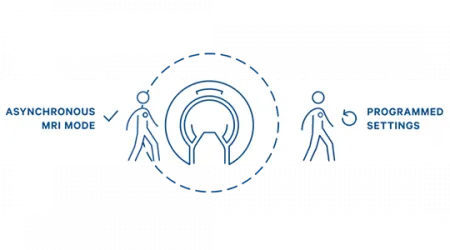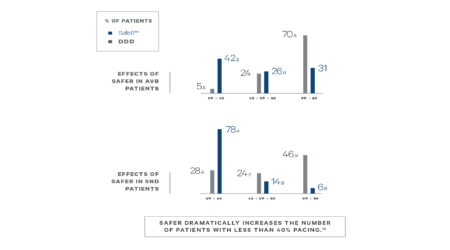World's smallest full-body MRI
World's smallest full-body MRI conditional dual-chamber pacemaker.1–3
Minimum Size. Maximum Outcome.2–4
Kora 250 is designed to improve patient outcome while driving efficiency in practice.2,5,6
A physiologic pacemaker family designed to improve patient outcome while driving efficiency in practice.2–5
12 years longevity in only 8 cc.4
The world’s smallest dual-chamber pacemaker with no compromise on longevity.2,3,6







